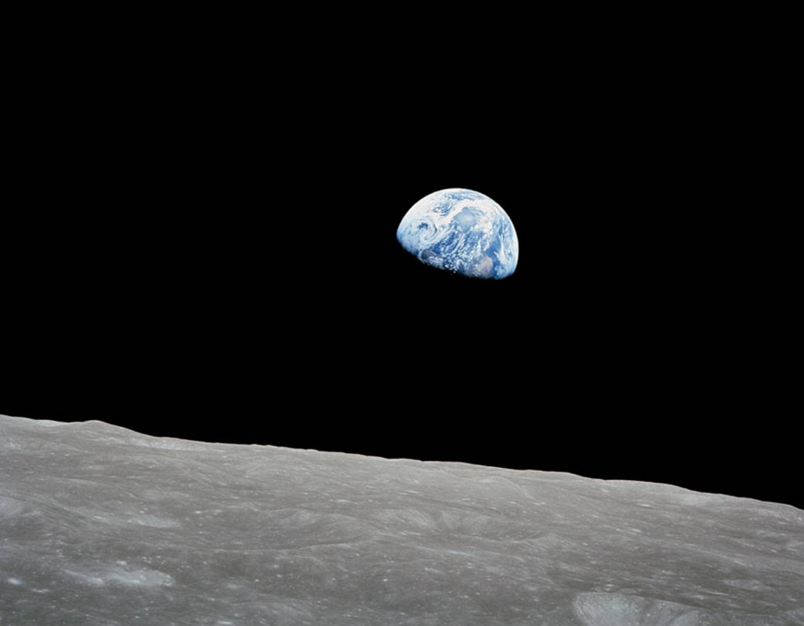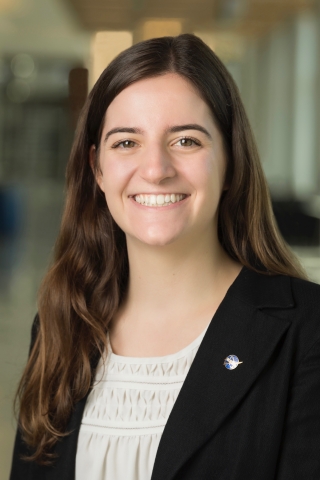Gertrude (Gigi) Pavur - Endowment Scholar
1st Year Scholar, 4th year PhD student, Civil & Environmental Engineering
University of Virginia
Research:
My research focuses on using satellite-based Earth Observations to study hydrological natural disasters such as floods, droughts, and hurricanes. Our studies aim to improve hydrological understanding of these events and to model risk with particular attention to vulnerable populations that are almost always disproportionately affected by hydrometeorological extremes.
What has the ARCS Foundation Fellowship meant to me, so far?
Even just applying for the ARCS Foundation Fellowship was unexpectedly rewarding for me because one of the questions asked us to write about how we would use the fellowship, if selected. I found myself dreaming about what I could do if I had this opportunity and landed on aspiring to work with the United Nations as a graduate student. As soon as I was selected, I realized this dream might actually be feasible if I put in a little more leg work to explore it.
I’m happy to share that my ARCS Fellowship will support me to pursue a brief internship with the United Nations Office for Outer Space Affairs (UNOOSA) in Vienna, Austria. I’m beyond excited for this opportunity to learn from global leaders in international Space Policy. I’m very thankful for the generosity of the ARCS Foundation and for their encouragement, even in the application, to dream big.
Where was my field 55 years ago? Where is it today? Where will it be 55 years from now?
Fifty-five years ago, in 1968, the iconic Earthrise photo was taken on the NASA Apollo 8 mission, which was the first crewed mission to orbit the Moon. As soon as Astronauts Bill Anders, Frank Borman, and Jim Lovell came around the far side of the Moon, they excitedly noticed the beauty of planet Earth outside their spacecraft window and just managed to take a color photograph before it disappeared out of their sight.
 |
| Image Credit: NASA https://www.nasa.gov/image-feature/apollo-8-astronaut-bill-anders-captures-earthrise |
Even today, the Earthrise photo continues to inspire humankind and helps us recognize the fragility and beauty of our Blue Marble. I wish I knew how many images of Earth we’ve collected from Low Earth Orbit since 1968 for comparison, because I imagine it would have been an unfathomable amount to the Apollo 8 crew 55 years ago.
The perspective from space to observe Earth has given us new opportunities to understand our planet and support sustainable development. I’m especially inspired by the work of the NASA Applied Sciences Program to bridge space-based environmental research with societal applications around the world such as through disaster response and risk reduction, health and air quality, water resources, environmental justice, and more.
In the next 55 years, I imagine research and environmental applications from Space will only continue to take-off (get it?!). Maybe PhD students will find new opportunities for disasters research using Moon-based Earth Observations, and the University of Virginia will have a satellite campus in Low Earth Orbit (ok, maybe I do dream too big sometimes haha).
Given that our changing climate is predicted to increase both the intensity and frequency of disasters, innovations and technologies in the Space Enterprise will be more important than ever. I’m hopeful that ethical engineering, technological advancements, and collaborations as global citizens will help humankind make substantial progress on mitigating the social, economic, and environmental losses of natural disasters across our planet.

